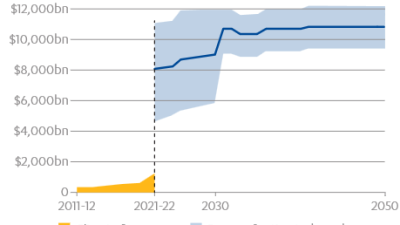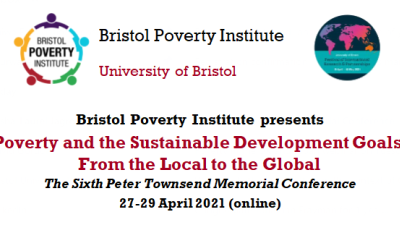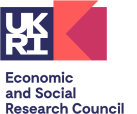Over one-fifth of the world's population – some 1.5 billion people – live in poverty according to national poverty measures, says a United Nations think-tank study. This is significantly higher than the extent of poverty arrived at using international poverty measures.
Key points
- 22.5 per cent of the world's population live in 'poverty' as locally defined. This is about 16.6 per cent higher than the level measured by a $1.25 a day international poverty line, and around 60 per cent higher than using a $2 a day line (both measures used by the World Bank).
- When analysed with an international poverty line, poverty is limited to middle-income and low-income countries. But if national poverty lines are considered instead, poverty is of a more global nature. Surprisingly perhaps, high-income countries host about 10 per cent of global 'poverty' as nationally defined.
- A shift in emphasis towards national poverty lines might pave the way to addressing poverty reduction as a more domestic issue, involving national social contracts, rather than one purely about international aid.
- All governments across the income spectrum need to strengthen domestic poverty-reducing efforts, and should be accountable for their performance. This may generate a virtuous circle at both global and national levels around achieving 'nationally defined global targets'.
Source: Ugo Gentilini and Andy Sumner, What Do National Poverty Lines Tell us about Global Poverty?, Working Paper 98, International Policy Centre for Inclusive Growth (United Nations Development Programme)
Link: Paper



 PSE:UK is a major collaboration between the University of Bristol, Heriot-Watt University, The Open University, Queen's University Belfast, University of Glasgow and the University of York working with the National Centre for Social Research and the Northern Ireland Statistics and Research Agency. ESRC Grant RES-060-25-0052.
PSE:UK is a major collaboration between the University of Bristol, Heriot-Watt University, The Open University, Queen's University Belfast, University of Glasgow and the University of York working with the National Centre for Social Research and the Northern Ireland Statistics and Research Agency. ESRC Grant RES-060-25-0052.






